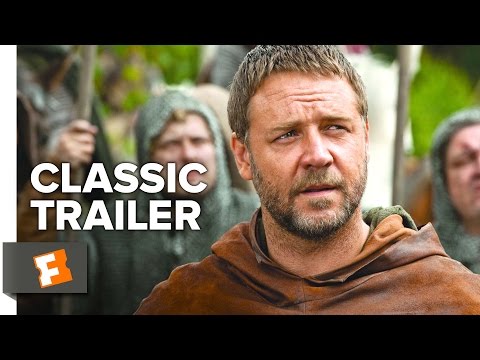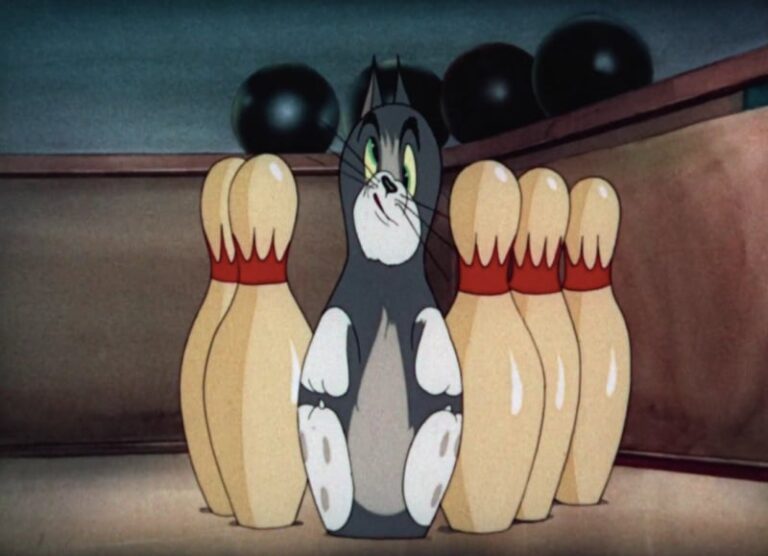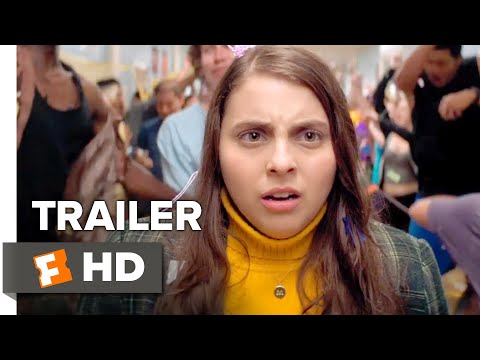10 Films that Utilize a Frame Narrative
A plot device popularized by the likes of Shakespeare and Chaucer, a frame narrative effectively encases a story within another story. Often, a work involving a frame narrative will initially present a certain set of characters, one of whom will proceed to tell an intricate tale that forms the framed narrative. This framed story usually provides thematic content that reflects back onto the frame. In this way, a frame narrative and the story it encases speak to important facets of storytelling and mutually inform each other.
Though largely considered a literary device, frame narratives have been employed to great effect in films as well. The “story within a story” trope resonates far beyond Shakespearean times and throughout various media. Here are ten examples of films that utilize a frame narrative to striking thematic effect.
1. The Princess Bride (1987)
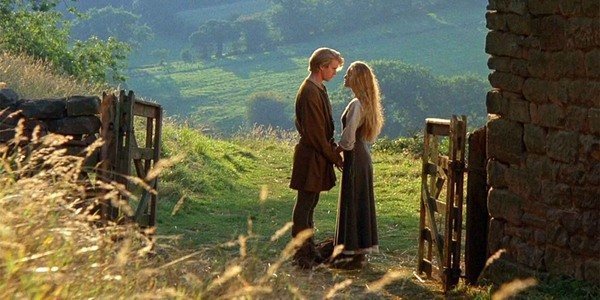
Though this film may be far more memorable for its storyline regarding the love between Westley and Buttercup, its frame highlights the magic of childhood and the fortifying power of storytelling. The film opens with an old man reading a high fantasy tale to his ailing grandson. Over time, the grandson becomes more and more enchanted by the story, which is replete with things like pirates and duels.
In his role as a listener, the grandson acts as a foil for the film’s audience. The boy’s presence reminds viewers of what it means to experience childlike wonder at a well-told story. And the story in question gives the sick boy an almost medicinal diversion, an enlivening fantasy that speaks directly to the imagination.
2. The Fall (2006)
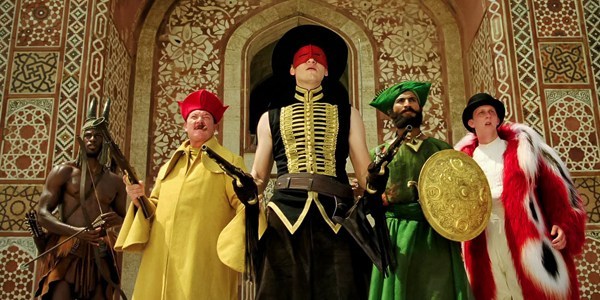
Directed by Tarsem Singh, this film also involves a tale told by the sickbed, albeit on a much more somber register. Set in Los Angeles in 1915, the film depicts an injured stuntman (Lee Pace) regaling a fellow patient with a vivid tale of five heroes seeking revenge against one man who has wronged each of them in some way. The stuntman Roy’s tale takes on a somber interpretation once it becomes clear that he wields the story and shapes its course in an attempt to manipulate his listener into stealing something for him.
The Fall shows off the more sinister side of storytelling’s capacity to entrance a recipient. It is a reminder that certain stories demand emotional investment, one which may leave a listener unusually vulnerable. And as Roy’s story begins to reflect the most emotional aspects of Roy’s own life, the extent of the author’s investment becomes equally clear.
3. The Words (2012)
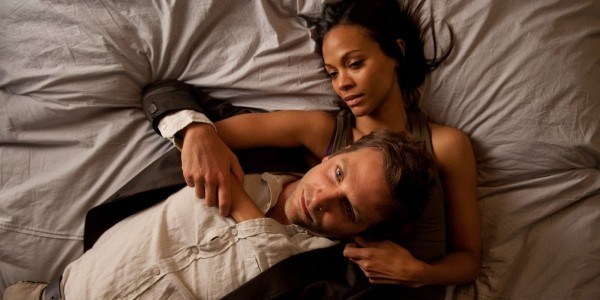
An exploration of the magnitude of an author’s undertaking, The Words goes beyond a single frame to provide several layers of ingrained stories. The outermost tale involves an acclaimed author (Dennis Quaid) delivering a reading of his newest book. That book in its turn features an aspiring author (Bradley Cooper) who comes across an unpublished novel so moving that he cannot resist publishing it under his own name.
The boundaries between the various narrative strands in the film begin to blur, which has consequences for all of the characters, but most incontrovertibly for the authorial figures. The Words questions what it means for an author to take responsibility for a story, especially one that baldly reflects real-life events. And at its heart, the film wonders about the moral consequences of telling a story that is not yours to tell.
4. The Grand Budapest Hotel (2014)
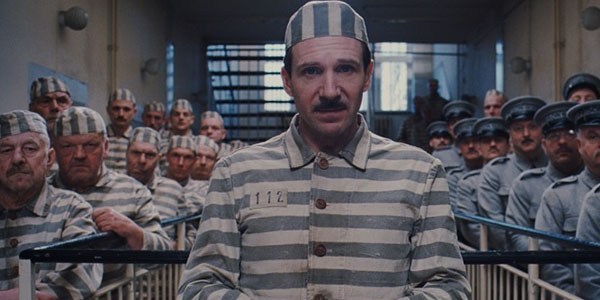
Another film that encompasses several layers of stories, The Grand Budapest Hotel points to the inherently complex nature of any good story. The film involves an author who tells the story of an old man, who in turn tells the story of his youth. Enacted in iconic Andersonian deadpan, hotel employee turned hotel owner Zero Moustafa (played by F. Murray Abraham and Tony Revolori) unfolds the story of his life as part of the celebrated author’s oeuvre.
The Grand Budapest Hotel knows that every story has layers to it, that it involves different perspectives and even a bit of self-awareness. That sense of self-awareness makes itself felt through the character of a young girl who reads the author’s Grand Budapest Hotel novel aloud at his grave. The story of Zero Moustafa knows itself to be just that – a story – but stories have a longevity that extends far beyond the author’s lifetime.
5. Big Fish (2003)
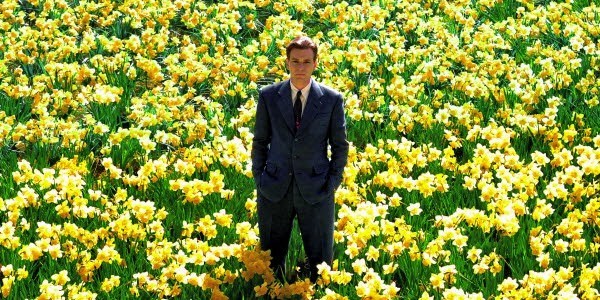
Tim Burton‘s 2003 film not only centers around stories; it hones in specifically on tall tales. Will Bloom (Billy Crudup) resents his father Edward (played by Ewan McGregor and Albert Finney) for telling blatantly aggrandized stories from his, Edward’s, past. That these reminisces involve fantastical elements such as witches and legendary fish only increases Will’s anger at what he sees as his father’s lies.
Only when Edward becomes seriously ill does Will realize that the stories were meant to bring about delight and wonder, not to mislead. He learns to accept a little artistic license and comes to terms with the idea that embellishments are not necessarily lies.
6. The Hours (2002)
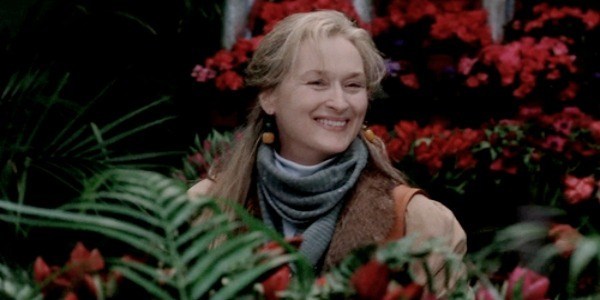
Based on Michael Cunningham‘s novel of the same name, this 2002 film follows three different women from three different time periods through one day in each respective life. A semi-biographical depiction of novelist Virginia Woolf (played by Nicole Kidman) mingles with portrayals of a struggling 1950s housewife (Julianne Moore) and a modern-day New Yorker (Meryl Streep).
Only when certain hints are dropped does it become clear that the three narrative strains are nested. It is the rather unexpected nature of these revelations that makes the film so engaging. The Hours calculates the pace of each woman’s story with a care that makes their ultimate alignment that much more impressive.
7. The Notebook (2004)

This popular tear-jerker combines the stories of two nursing home patients with that of a young couple in 1940s South Carolina. The film is made even more saddening by its focus on memory, specifically that of the old woman in the nursing home. Her companion Duke recounts the story of the young couple (played by Rachel McAdams and Ryan Gosling) from his notebook in an attempt to spark certain recollections in the old woman, who suffers from dementia.
The memory arc beautifully highlights the way in which stories can uncover things that may be buried deep in the subconscious. They bring to light that which one may not even know one knew. And, of course, The Notebook‘s frame story satisfies the desire to see a star-crossed couple grown old together.
8. The Usual Suspects (1995)
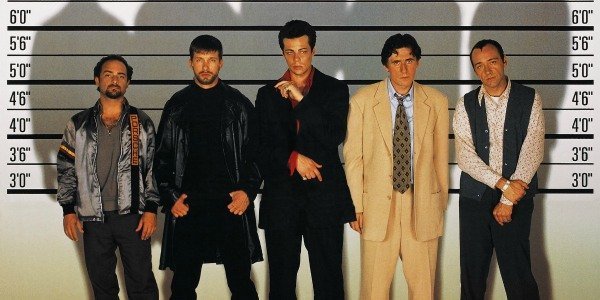
The Usual Suspects is famous for its twist ending, and the twist relies largely on the fact that the main events are framed through a retrospective. Con artist Verbal Kint (Kevin Spacey) recounts the various events that resulted in the deaths of his associates during a drug-related boat raid. His story, which he reveals under interrogation by a U.S Customs official (Chazz Palminteri), is taken for granted partly because there is no one else left alive to tell it differently.
The film’s embedded storyline does a lot to show just how implicitly a narrator is usually seen as trustworthy. Which makes it all the more shocking when that trust is betrayed.
9. Gabbeh (1996)
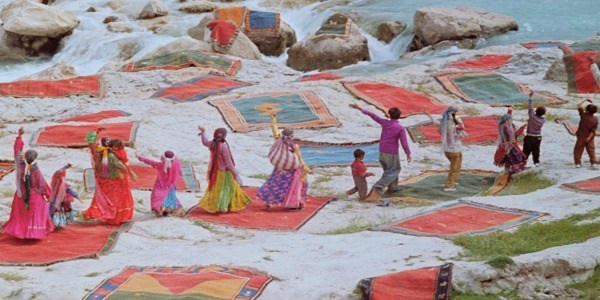
This stunning Iranian film features a young woman (Shaghayegh Djodat) who appears from out of an embroidered portrait woven into a rug. Responding to the queries of the old couple who had been washing the rug (played by Hossein Moharami and Roghieh Moharami), the young woman regales them with her troubles. The film strikes the perfect balance between storylines, with each depicted in a strikingly gorgeous color palette.
Gabbeh is another film where the framed narrative and its frame turn out to be more closely related than one may originally suspect. Its characters know that many things have stories to tell, even an old hand-woven rug. Indeed, the film features many scenes of women weaving rugs, which beautifully highlights just how intricate and expressive the art can be.
10. Synecdoche, New York (2008)

Synecdoche, New York is mind-bending in its exploration of fiction. Theater director Caden Cotard (Phillip Seymour Hoffman) sets up a performance that plays out in real-time, in an enormous warehouse. Over the years, the work grows to acquire a staggering scope, and its plotlines start to intentionally mimic events from the world outside the warehouse.
Caleb not only injects scenarios from his personal life into the play; he also hires actors to play himself and his loved ones. With the lines between fact and fiction so blurred, it is hard to know what is “real.” And that is precisely the point.
What are some other films that employ frame narratives? Let us know in the comments!
Does content like this matter to you?
Become a Member and support film journalism. Unlock access to all of Film Inquiry`s great articles. Join a community of like-minded readers who are passionate about cinema – get access to our private members Network, give back to independent filmmakers, and more.
Join now!
